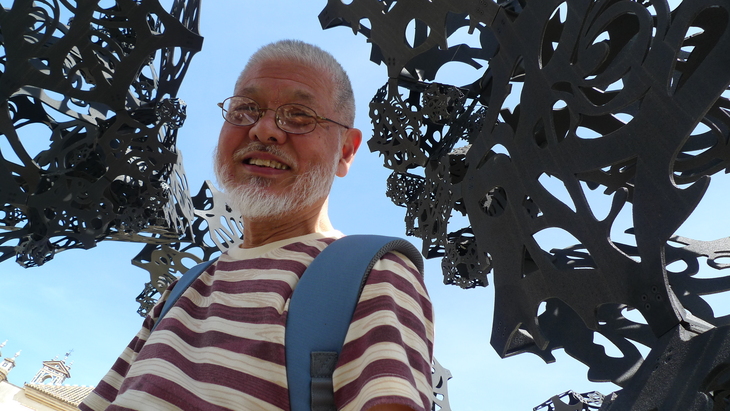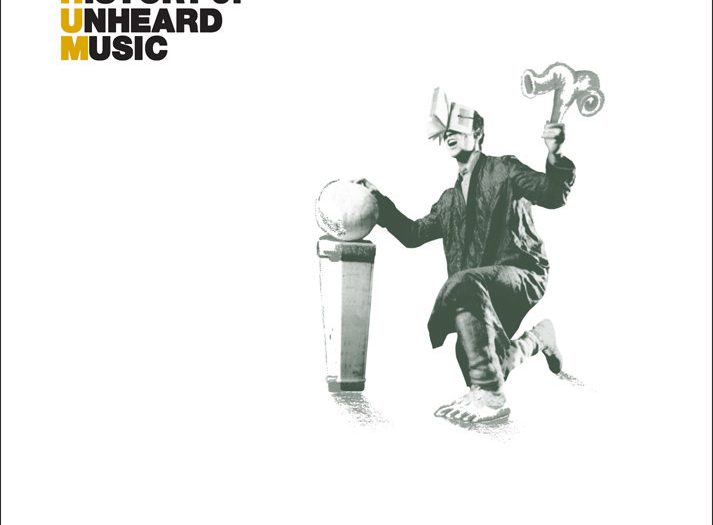Fluxus Electronics & Postmodern Electronic Band in a double bill.
Notes from Mutant Sounds review of History of Unheard Music’s 1987 release, Drop It: Mindbending weirdity from this New York crew (Brooks Williams, Beo Morales) that operated at a strange juncture between post-Residents wacky songform deformation and Downtown NY cabaret-on-acid improv stylizations made all the more curious due to the creative misapplications of slicked up DX-7 tonalities and Fairlight CMI primitive sampladelic tech thats lends the proceedings a vaguely Art Of Noise-y undertow which sounds absolutely alien in the context of such wayward compositional impulses.
From a more recent bio: Yasunao Tone is known mostly for his musical work, much of which relies on unconventional techniques including optics, sensors, interactivity, and techno-abuse. Tone began manipulating compact disks to achieve uniquely mangled sounds in the early 1980s. For his 1997 album, Solo for Wounded CD, he scratched and gouged audio CDs and used the confused information that a CD player was able to extract from those discs to create new pieces. Tone’s CD-player-based works employ a process of “de-controlling” the device’s playback so that it randomly selects fragments from a set of sound materials. For his collaboration with Florian Hecker, Palimpsest, he converted Japanese Man’yōshū poems to sound. Tone became active in the Fluxus movement in the 1960s and moved to the United States in 1972. He organized and participated in many noise music performance groups such as Group Ongaku, Hi-Red Center, and Team Random (the first computer art group organized in Japan). He was awarded Golden Nica Prize from Ars Electronica in 2002 and the Foundation for Contemporary Performance Arts grant in 2004.


